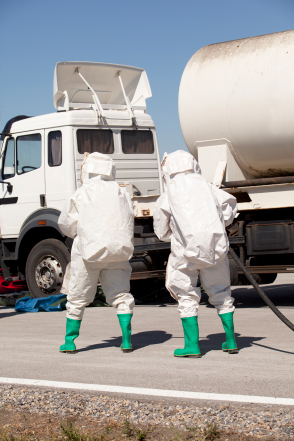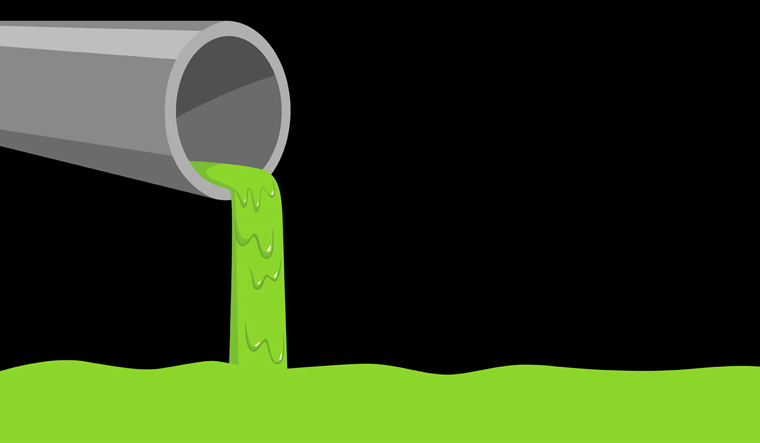Leading Liquid Waste Disposal Melbourne: Trusted Services for Correct Waste Administration
Leading Liquid Waste Disposal Melbourne: Trusted Services for Correct Waste Administration
Blog Article
Exactly How Fluid Garbage Disposal Works: A Thorough Introduction of Techniques and Technologies Utilized

Review of Liquid Waste Types
The intricacy of liquid waste types necessitates a complete understanding of their attributes and ramifications for disposal. Fluid waste can extensively be classified right into a number of types, consisting of industrial, community, agricultural, and harmful waste. Each group shows distinct buildings, needing specific management approaches to alleviate ecological and health threats.
Industrial liquid waste originates from making processes and often consists of a variety of impurities, such as heavy metals, solvents, and natural compounds. Metropolitan fluid waste, primarily making up wastewater from homes and industrial establishments, consists of raw material, nutrients, and virus (industrial wastewater treatment). Agricultural liquid waste, consisting of drainage from farms, may consist of fertilizers, pesticides, and pet waste, presenting threats to water top quality and environments
Hazardous fluid waste is characterized by its poisoning, reactivity, or possible to cause damage. This classification includes materials like acids, bases, and specific chemicals that necessitate strict handling and disposal protocols. Understanding these diverse liquid waste kinds is crucial for developing efficient disposal approaches and ensuring compliance with ecological regulations. Correct category and characterization are essential for executing appropriate treatment strategies and reducing the unfavorable impacts on public health and wellness and the atmosphere.
Physical Therapy Methods

Screening is the first action, where bigger fragments and debris are eliminated from the fluid waste making use of displays or grates. This procedure secures downstream devices from damage and makes sure smoother procedure. Complying with screening, sedimentation makes use of gravitational force to separate solids from liquids. In sedimentation storage tanks, much heavier bits settle near the bottom, developing a sludge layer, while the cleared up liquid can be further treated.
Purification is an additional essential approach that entails passing the fluid through porous materials, such as sand or membrane layers, to record smaller particles. This action improves the high quality of the fluid, making it suitable for succeeding therapy processes.

Chemical Treatment Techniques
Chemical treatment methods are vital for successfully taking care of fluid waste, especially in dealing with liquified and colloidal pollutants that physical techniques might not properly eliminate. These methods utilize various chemical agents to neutralize, precipitate, or change hazardous substances into less unsafe forms.
One common approach is coagulation and flocculation, where chemicals such as alum or ferric chloride are included in promote the gathering of suspended bits. This process boosts sedimentation, permitting much easier elimination of the resulting sludge. Furthermore, oxidation processes, employing representatives like chlorine Learn More or ozone, are employed to break down complicated natural compounds and pathogens, rendering the waste much safer for discharge or additional therapy.
Neutralization is an additional crucial strategy, which adjusts the pH of acidic or alkaline waste streams to neutral levels, avoiding prospective injury to downstream systems and the setting. Moreover, advanced oxidation procedures (AOPs) make use of mixes of oxidants and ultraviolet light to deteriorate relentless toxins, accomplishing a higher degree of therapy efficiency.
Biological Treatment Procedures
Organic therapy procedures play a critical duty in the monitoring of liquid waste by making use of microorganisms to decompose raw material and lower pollutant degrees. These processes can be broadly classified right into cardiovascular and anaerobic treatments, each using certain microbial neighborhoods to accomplish efficient waste destruction.
Cardiovascular treatment involves the use of oxygen to facilitate the failure of organic products by microorganisms. This process is generally executed in activated sludge systems, where oygenation containers provide a favorable setting for microbial growth, leading to the oxidation of natural pollutants. The resultant biomass can be divided from treated effluent with sedimentation.
On the other hand, anaerobic treatment occurs in the lack of oxygen, relying on different microorganisms to damage down organic matter. This method is particularly beneficial for high-strength waste, as it creates biogas, an eco-friendly energy source, while lowering sludge manufacturing. Technologies such as anaerobic digesters are often employed in municipal and industrial applications.
Both cardio and anaerobic biological have a peek here treatments not just decrease the ecological impact of liquid waste however likewise facilitate resource healing, making them necessary parts of sustainable waste management techniques. Their effectiveness, versatility, and performance support their widespread implementation throughout numerous fields.
Emerging Technologies in Disposal
Cutting-edge strategies to fluid garbage disposal are quickly progressing, driven by developments in innovation and a raising focus on sustainability. Amongst these emerging technologies, membrane bioreactors (MBRs) have actually obtained traction for their capability to combine organic therapy with membrane filtering, leading to top notch effluent that can be reused in different applications. MBRs enable smaller sized footprints and extra effective operations compared to typical systems.
One more encouraging advancement is using anaerobic food digestion integrated with nutrient recovery modern technologies, which not only treats liquid waste yet likewise generates biogas and recuperates useful nutrients like nitrogen and phosphorus. This twin advantage boosts source performance and decreases environmental effect.
Additionally, progressed oxidation procedures (AOPs) are being adopted for the deterioration of intricate organic pollutants. These approaches utilize effective oxidants and stimulants to break down contaminants at the molecular degree, supplying an extremely reliable option for tough waste streams.
Moreover, the combination of expert system and machine discovering in waste administration systems is enhancing functional effectiveness and anticipating upkeep, bring about minimized costs and improved ecological compliance. These technologies reflect a substantial shift towards even more lasting and efficient liquid garbage disposal practices.
Final Thought
In final thought, efficient liquid waste disposal necessitates an extensive understanding of various techniques and technologies. By continuously progressing these techniques, it comes to be possible to address the growing obstacles associated with fluid waste, ultimately adding to ecological defense and source recuperation.
Liquid waste disposal is an important aspect of ecological administration, requiring a thorough understanding of different techniques and modern technologies tailored to various waste types. Fluid waste can broadly be classified right Check This Out into several kinds, consisting of industrial, local, farming, and harmful waste. Agricultural fluid waste, consisting of drainage from farms, might contain plant foods, pesticides, and pet waste, posturing threats to water quality and ecosystems.
Numerous physical therapy techniques play a vital function in taking care of fluid waste effectively - industrial wastewater treatment.In final thought, reliable liquid waste disposal necessitates a detailed understanding of numerous techniques and innovations
Report this page